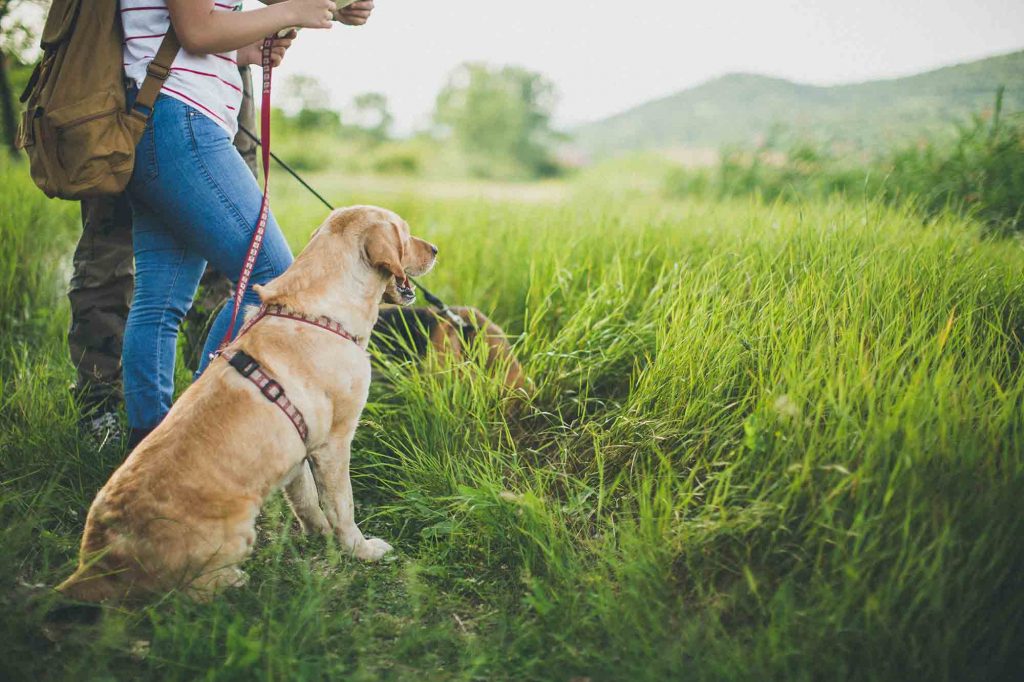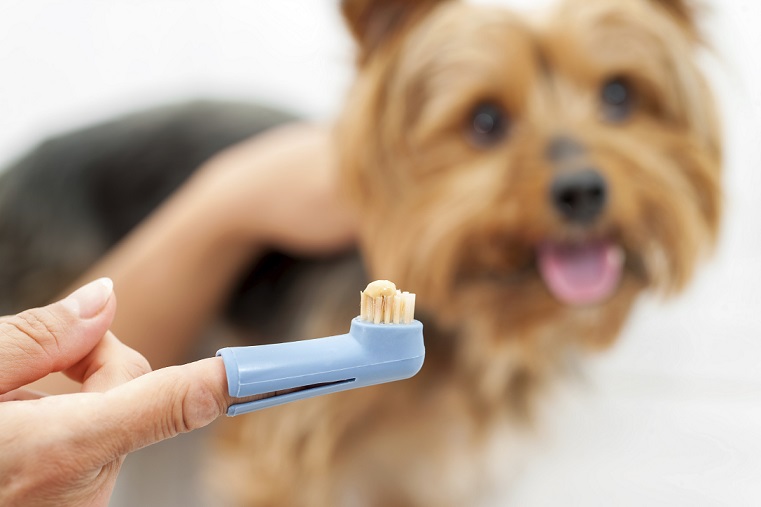Heat-Related Dangers
One of the absolute best ways to prevent your pet from succumbing to the dangerous effects of heatstroke is to never, ever leave him or her unattended in a vehicle. Even if a car is parked in the shade–even if the windows are down, and even if it’s only for a few minutes, the temperature inside a vehicle in the summer can still climb high enough to injure or kill your pet. Play it safe and leave Fido at home.
Summer Pet Care at Home
Keeping pets hydrated and providing adequate protection from the sun are important components of summer pet care. Make sure your pet has access to plenty of fresh water at all times, both indoors and out, as well as a shady spot to relax in when the sun gets to be too much. Similarly, keep pets indoors during the hottest part of the day.
Paw Protection
Our pets’ paw pads are more sensitive than we realize, and the summer months can be especially hard on them. Surfaces like asphalt, concrete, wood, metal, sand, and packed dirt absorb heat all day long, and surface temperatures can exceed 120 degrees long after the sun has set.
Place your palm down to check and make sure that a surface isn’t too hot for your pet. If it feels hot to you, it will feel hot to them, too. If you notice your pet limping or licking at his or her feet after spending time outdoors, a paw soak in room temperature water can be soothing. However, if you notice any discoloration to the pads or exposed tissue, please contact usimmediately.
Watchful Walking
Walking and hiking are fun and important parts of life for both people and pets. With our long winters, we understandably want to spend as much time on these activities as possible this time of year! Keep the following safety tips in mind when it comes to exercising with your pets:
- Restrict walks and hikes to the early morning or evening hours, when temperatures are cooler
- Allow your dog to walk in the grass to protect the paw pads from heat-related injuries
- Keep walks and hikes short and easy to prevent overheating
- Take frequent breaks in the shade to allow your pet to rest and drink water
If you have any questions about ensuring a safe and fun summer for your best pal, please don’t hesitate to contact the team at The Bluffs Pet Clinic!
Practicing proper summer pet care is essential for an enjoyable and safe summer for your pet.


 Pets are nothing if not opportunistic. They’re constantly sniffing out the next interesting thing to play with or eat, and the temptations around Halloween are practically endless. Pets and candy are always
Pets are nothing if not opportunistic. They’re constantly sniffing out the next interesting thing to play with or eat, and the temptations around Halloween are practically endless. Pets and candy are always 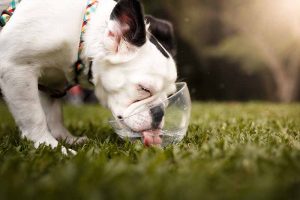 While Minnesota may not exactly be known for its sweltering temperatures, we get our fair share of hot days in the summer. At
While Minnesota may not exactly be known for its sweltering temperatures, we get our fair share of hot days in the summer. At 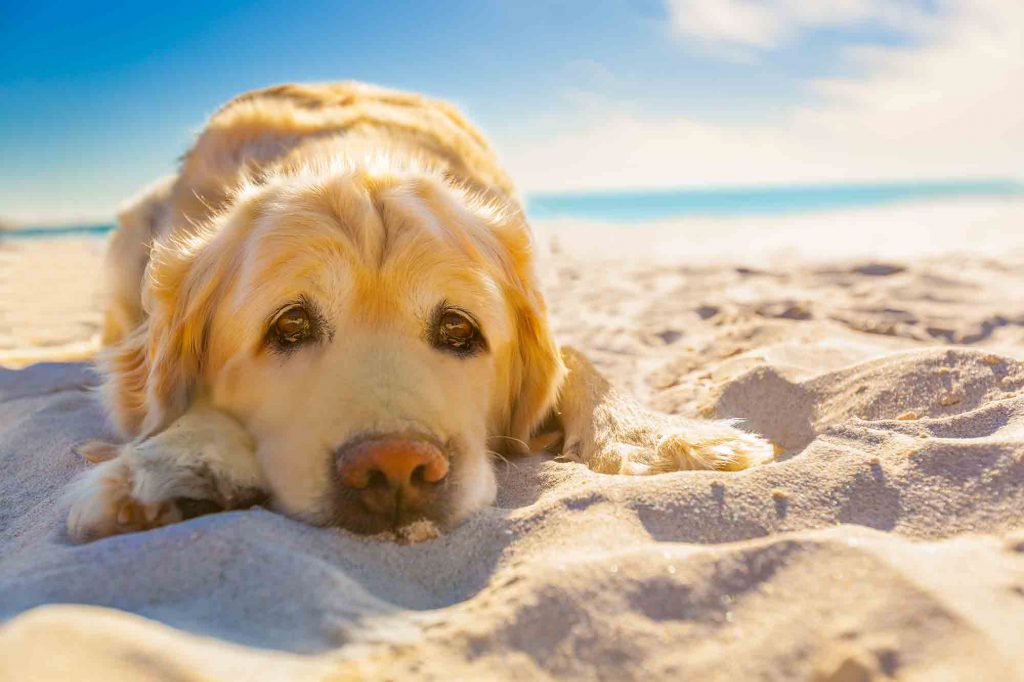 Summer may be halfway over, but the possibilities for
Summer may be halfway over, but the possibilities for 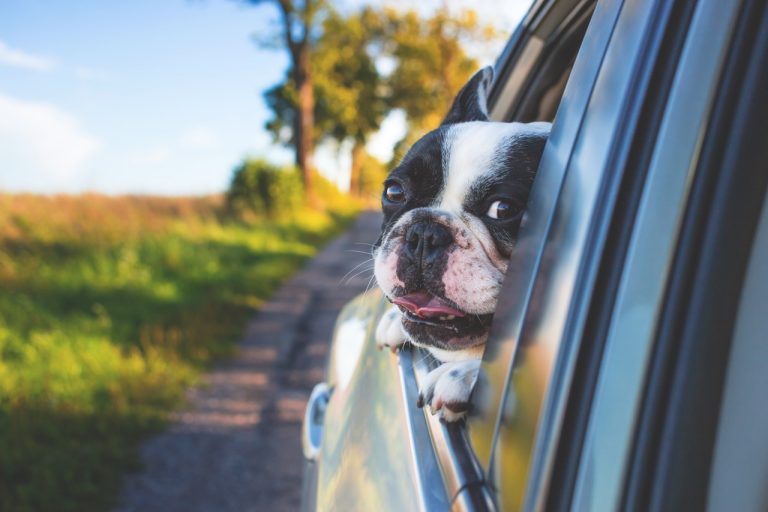 Here comes summer and road trips with your dog. Taking Fido on vacation can be fun for the family and your dog, if you plan with care, and always keep your dog’s best interests in mind.
Here comes summer and road trips with your dog. Taking Fido on vacation can be fun for the family and your dog, if you plan with care, and always keep your dog’s best interests in mind.